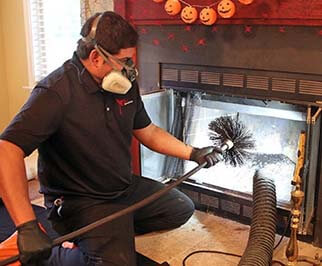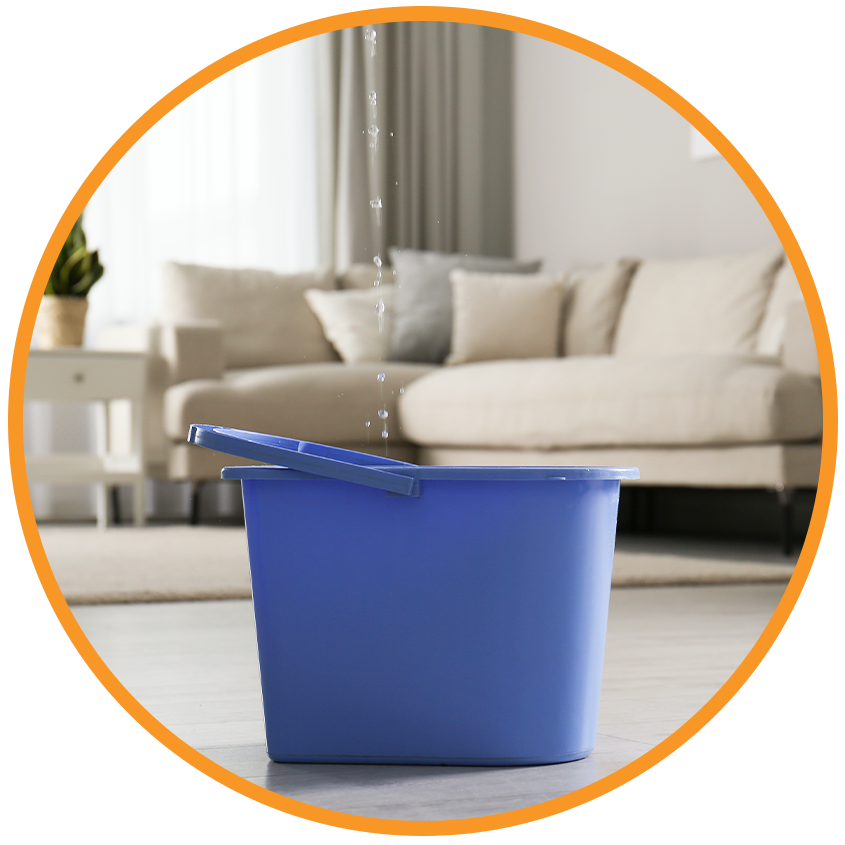Are you in the midst of intending your desire wedding and searching for the suitable location? The location can make or damage your wedding, establishing the stage for lifelong memories. If you’re considering a chapel hill wedding venue, you might have inquiries regarding offered choices and just how to develop the perfect setting for your celebration. This overview will walk you with vital considerations when selecting a wedding location, the special advantages of choosing a Chapel Hill place, and how Hummingbird Hill can assist make your wedding fantasizes a reality.
What Is a Chapel Hill Wedding Venue?
A Chapel Hill wedding place refers to areas in or near Chapel Hill, Texas, where pairs can organize their wedding and receptions. These places may consist of attractive chapels, gardens, reception halls, or outside areas, each offering special functions and settings satisfying different tastes and choices.
Sorts Of Chapel Hill Wedding Venues
Chapel Places: Offer an intimate and enchanting atmosphere for wedding ceremonies, perfect for pairs looking for a conventional setup.
Exterior Wedding Locations: Gardens and farms offer stunning backgrounds for outdoor parties, boosting the appeal of your event and digital photography.
Reception Halls and Function Centers: Equipped to manage larger wedding events, these places frequently offer internal catering and ample space for dance.
Resorts and Hotels: Some pairs might select a place within a resort or resort, using lodgings for guests and hassle-free planning services.
The Benefits of Selecting a Chapel Hill Wedding Location
Beautiful Elegance: Chapel Hill includes lovely landscapes, making it an perfect setting for wedding ceremonies and functions. A wedding venue in this field can offer a best backdrop for your special day.
Accessibility: Picking a local location simplifies logistics for you and your guests, with nearby lodgings making it easy for everyone to attend, especially those traveling from out of community.
Customized Knowledge: Numerous wedding venues in Chapel Hill pride themselves on personalized services to accommodate each couple’s one-of-a-kind vision. This degree of modification ensures your wedding reflects your style.
Comprehensive Providers: Several venues offer thorough solutions, consisting of wedding catering, planning assistance, and coordination, making the planning procedure smoother for couples.
Just how to Pick the Right Chapel Hill Wedding Location
Determine Your Spending plan: Prior to looking for a venue, established a realistic allocate your wedding. Comprehending just how much you want to invest will lead your options.
Identify Your Wedding Design: Reflect on the sort of wedding you visualize– rustic, formal, or casual. Your wedding design will certainly influence your venue selections.
Research Resident Venues: Begin your search by researching regional Chapel Hill wedding locations. Usage online resources, wedding directories, and social media sites to compile a list and pay attention to reviews.
Schedule Tours: Once you have a checklist, schedule excursions to visit potential places. This allows you to observe the facility, atmosphere, and personnel communications.
Ask Important Questions: Throughout your excursions, ask about:
What is included in the rental charge?
What are the termination and payment policies?
Are there restrictions on food catering or design?
The number of weddings do you host on the exact same day?
Think About Visitor Convenience: Examine access for visitors with flexibility difficulties, vehicle parking availability, and closeness to holiday accommodations for out-of-town guests.
Enhancing Your Chapel Hill Wedding Experience
Personal Touches: Work with your place to discover alternatives for individualizing your décor, making your event memorable.
Collaborate with Suppliers: Companion with reputable suppliers who have experience operating in Chapel Hill wedding venues. Well-established partnerships can streamline preparation.
Develop a Timeline: Create a detailed timeline for the wedding with your venue and organizer to guarantee smooth shifts from the event to the reception.
Planning for Changes: Flexibility is crucial. Discuss choices for indoor alternatives or camping tents with your location in case of unexpected weather condition.
Final thought
Picking the appropriate wedding venue is among one of the most considerable decisions in your wedding planning journey. With beautiful options readily available in Chapel Hill, understanding what each location supplies is crucial to ensure they meet your vision.
If you’re ready to discover your excellent wedding venue, consider discovering Hummingbird Hill. Our committed team is right here to assist create a unforgettable experience with lovely settings, customized solution, and a dedication to making your big day extraordinary.
Your wedding must commemorate love and commitment– one that you and your guests will value for life. Let us assist you reveal the magic of your wedding day by discovering the best location that mirrors your romance and develops enduring memories.








